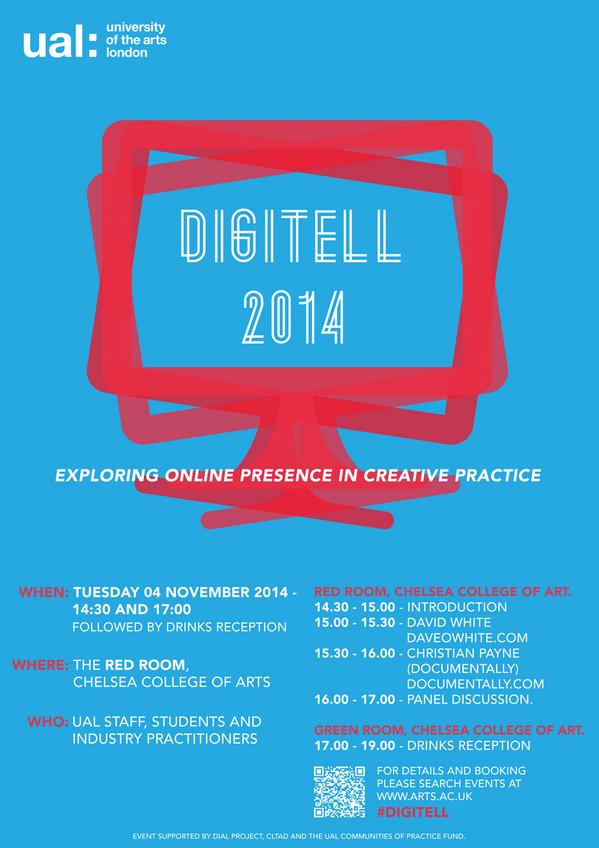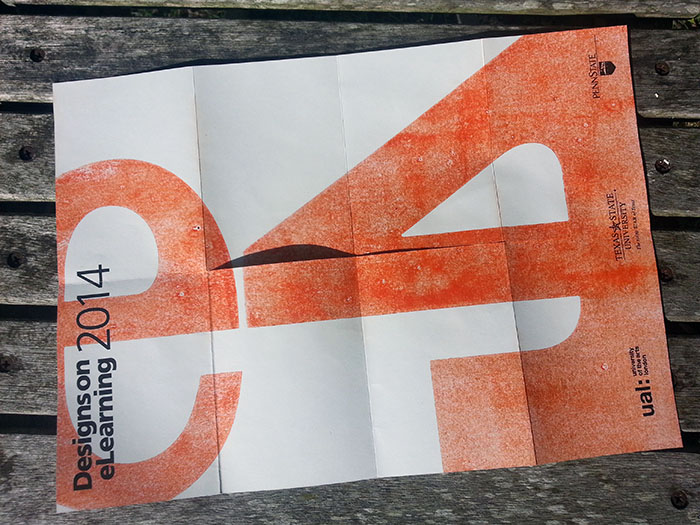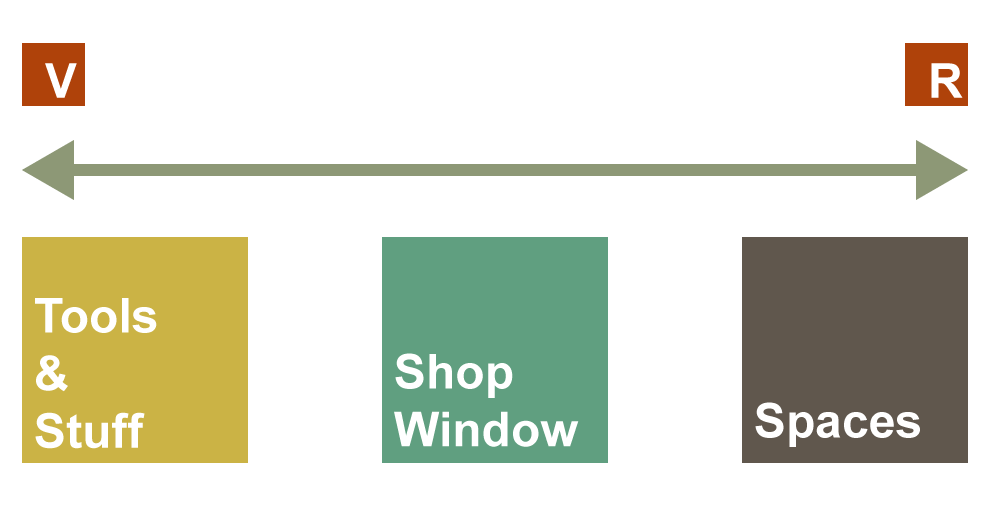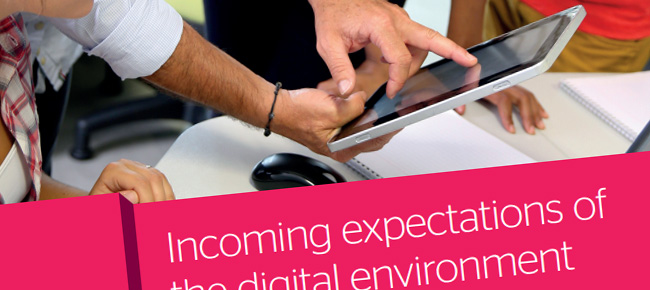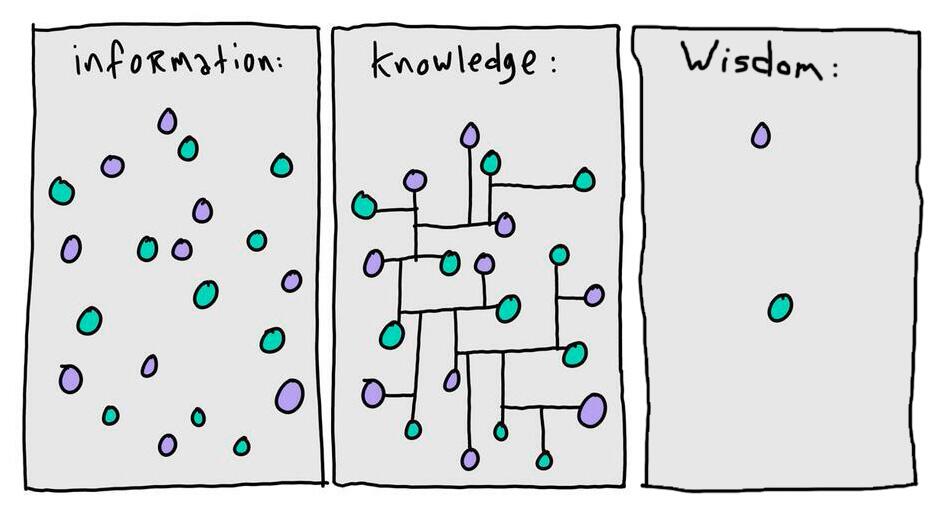I stumbled across a piece by Lauren Laverne on the Guardian website this weekend in which she unquestioningly evoked the idea of Digital Natives and Immigrants (which appears to have been largely drawn from Michael Harris’s The End of Absence).
“Anyone born after 1985 is a ‘digital native’”

What interested me was that her interpretation of the concept was social rather than technical. Launching from her feeling that the best new music ‘sounds lonely’ inspite of the connectivity of the Web Lauren describes the manner in which the Web and Social Media have led to a generation that know little of solitude or unconnected moments. This is in contrast to her childhood in a pre-digital era in which she regularly experienced many moments of being ‘alone’. This, she claims, allowed for more reflection and perhaps an opportunity to build a sense of self in a way the Web has forced into cultural extinction.
What intrigued me was that she in no way claimed that her generation used Social Media any less than ‘the kids’ or that the ‘the kids’ were any more adept than she was at living via digital means. The influence of the digital is being framed here as entirely social, not technical. This, for me, is more evidence that we are becoming Postdigital, wherein the digital permeates everything so the focus shifts back to the human. For example now that all phones are an anonymous slab of screen and ‘everyone’ owns one we can see past the tech to sociocultural effects. This is not to say that the drive of the ‘Natives’ argument isn’t unhelpful bunkum (As highlighted by Josie Fraser in a recent post) – beyond “kids naturally ‘get’ technology” classics include:
- Kids have lost the ability to concentrate
- Kids don’t know how to be alone
- Kids don’t know how to think deeply anymore
- Kids are incapable of reading more than a few sentences at a time
- Kids feel alienated, alone and confused
- Kids are losing their moral compass
…because of the Web…
Swap ‘Web’ with ‘comics’, ‘pop music’, ‘TV’, ‘videos’ or ‘videos games’ and these statements can be applied to the ‘youth’ generation at any point since 1945. Everyone loves a generation gap…
The truth is that people like connecting to each other by any means possible so of course if there is an opportunity to feel that delicate sense of connection and belonging we will take it. That’s why the humble telephone became so popular and it’s why Social Media exists. Solitude is a subtle discipline and one which may need to be learnt now that it isn’t foisted upon us by a lack of connectivity. Even so, are older folk any better at taking timeout than the kids and was my generation any less alienated or distracted than today’s youngsters? I doubt it.

